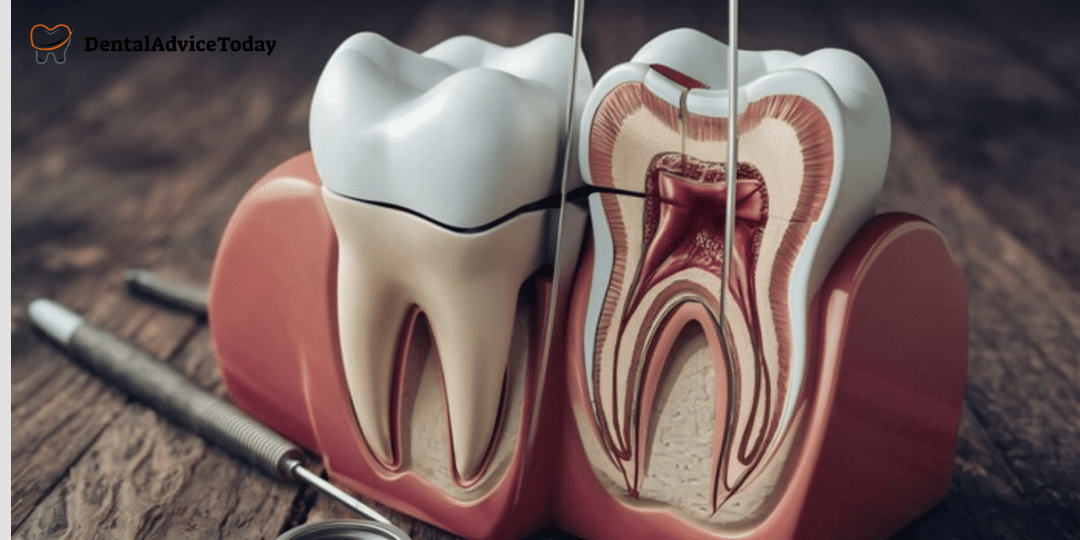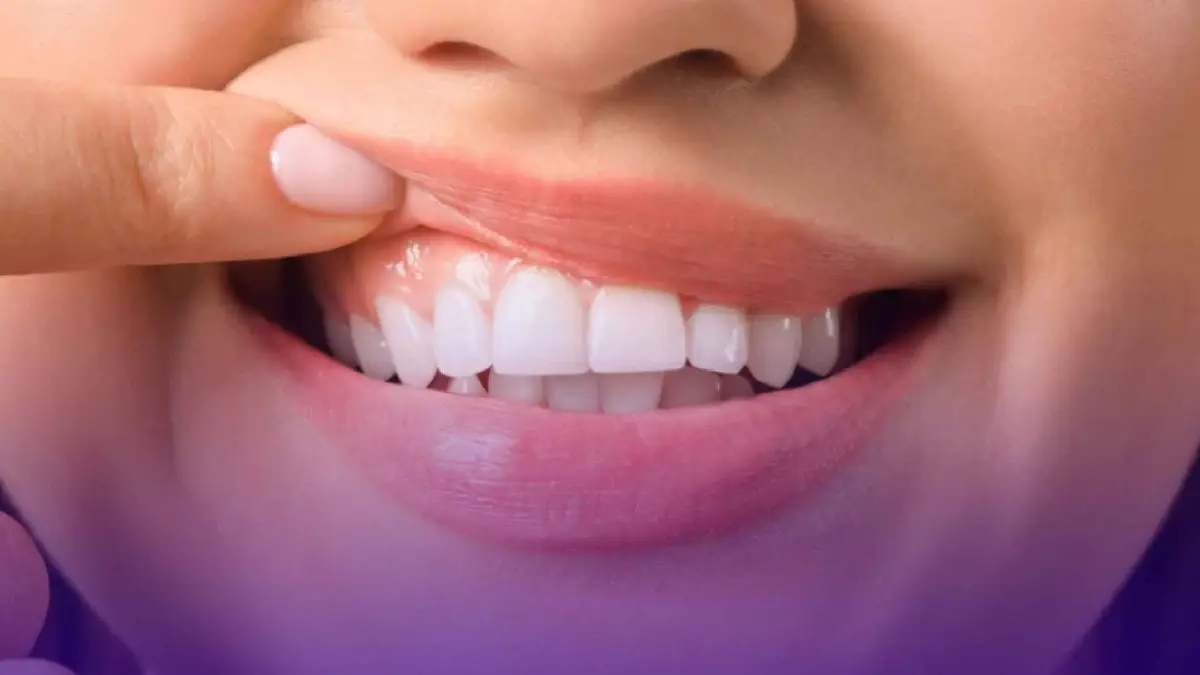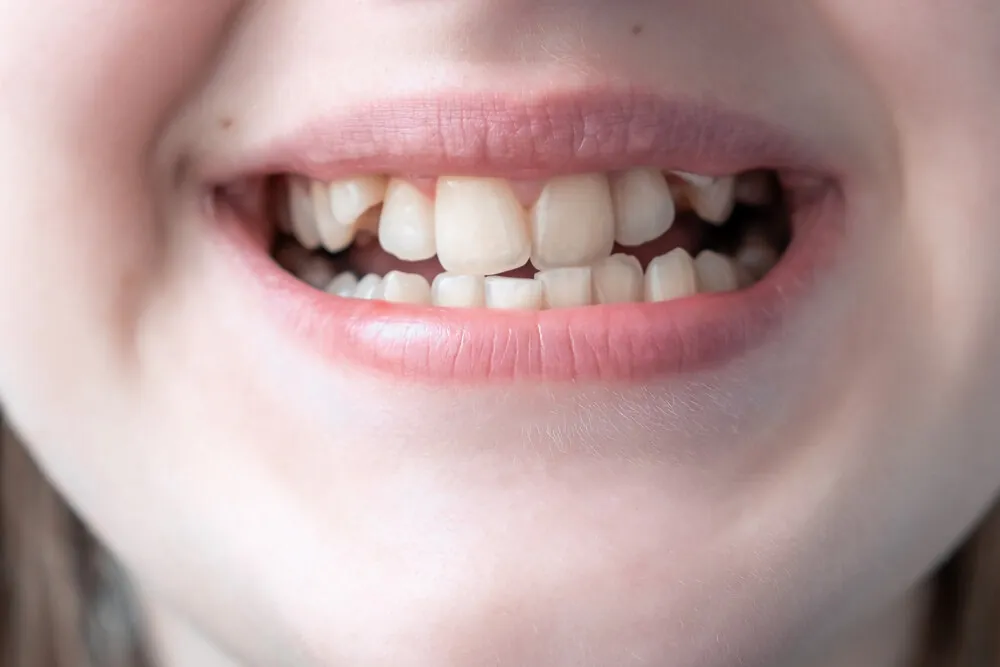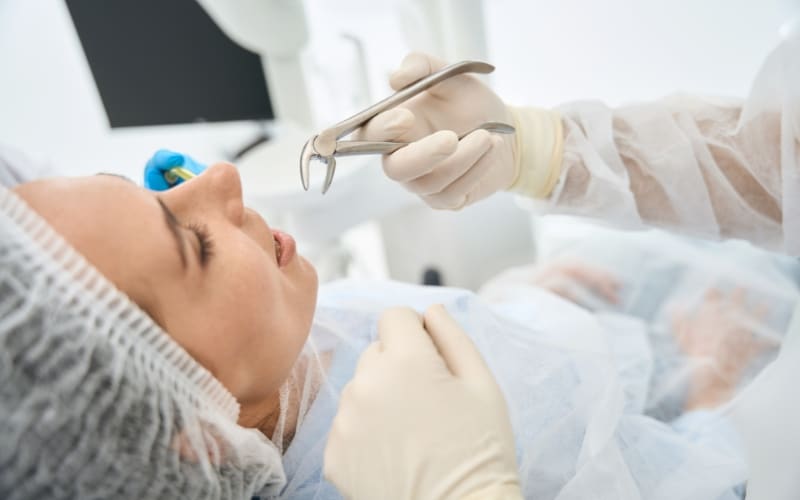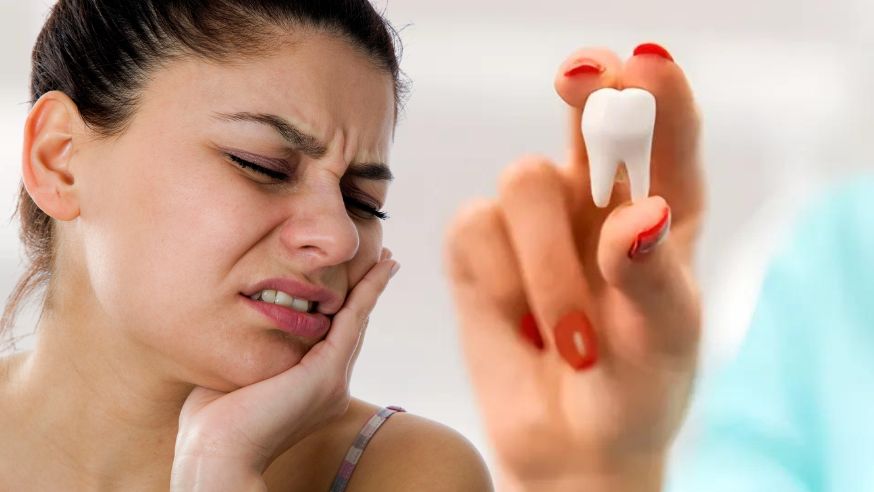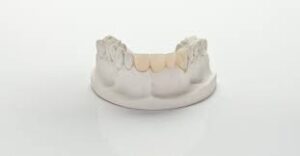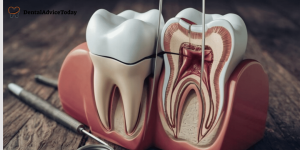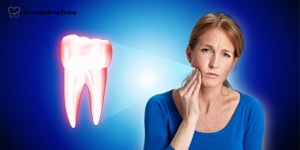Ever wondered why a root canal sometimes still causes discomfort, and how to stop it? If you’re experiencing a toothache, swelling, or gum tenderness after an endodontic procedure, this is a common occurrence and can often be managed effectively. Pain can happen due to inflammation, infection, or pressure inside the pulp chamber and surrounding tissues.
The good news? Relief is possible with the right care. From dental check-ups to simple home remedies, you can ease discomfort and protect your oral health. Let’s explore in detail what causes this pain and how to relieve it.
What causes root canal pain?
- Inflammation in tissue around the gum: Even after your dentist removes the nerve from the tooth, small nerves still remain in the ligaments and tissue around the tooth. When this area gets inflamed, especially after the dental treatment, these nerves can cause discomfort.
- Unhygienic instrument: In some cases, the dental instruments used during root canal cleaning may unintentionally injure the delicate tissues surrounding the tooth.
- High temporary filling: If the dentist places a temporary filling that is not smooth or is a little higher than your other teeth, your bite can press harder on that tooth, making it sore.
If the pain doesn’t get better or becomes very severe and doesn’t improve with home care, you should consult your dentist or endodontist for a check-up.
Are Root Canals Painful or Just Uncomfortable?
During endodontic treatment, your dentist uses local anesthesia to numb the affected area, ensuring you do not experience sharp pain throughout the procedure. Modern dental techniques make the process easier and less stressful.
After the numbness wears off, it’s common to feel mild sensitivity or slight pressure in the treated tooth. This is a normal, temporary reaction. You can manage it with simple care and advice from your dental professional to keep your mouth comfortable as it heals.
What Does Root Canal Pain Feel Like During and After?
Pain Before a Root Canal
Experiencing pain before a root canal procedure is a common occurrence, often caused by inflammation or infection within the dental pulp. Many people get this treatment due to an infected tooth. This infection can damage the nerves inside your tooth, causing sharp or sudden pain throughout the day. You might notice the pain worsens when you eat or drink something hot or cold, or sometimes it happens without any clear reason.
Pain After a Root Canal
You can expect some soreness once the numbness from the anesthesia wears off. This mild discomfort is normal, especially if your tooth is infected. You can take over-the-counter pain medicine to help reduce the pain. Sometimes, there might be swelling, which you can manage with cold compresses.
When Should Root Canal Pain Start to Improve?
Following a root canal, discomfort typically persists for just a few days. In most cases, patients experience noticeable improvement within the first week as the surrounding tissues heal.
However, if you have severe pain that lasts longer than a week, you should consult with your dentist.
This could be a sign of complications, such as infection or inflammation. To help manage pain, you can take recommended pain relievers and follow your dentist’s advice to speed up the healing process.
How to Get Rid of Pain After a Root Canal Fast?
By following these steps, you can reduce throbbing pain faster and speed up your healing after a root canal.
- Take Over-the-Counter Pain Relievers: You can use acetaminophen to ease mild to moderate pain. Make sure to follow the dosage instructions and consult your dentist if you have health concerns.
- Use Prescription Medicines if Needed: If regular painkillers don’t work, your dentist will prescribe you stronger medication for short-term relief. Always take these exactly as prescribed.
- Apply a cold compress: Apply it near the tooth for 20 minutes. This helps reduce swelling and pain, especially in the first two days after treatment.
- Try Warm Saltwater Rinses: Mix half a teaspoon of salt in warm water and gently rinse your mouth for 30 seconds, then spit it out. This soothes the area and keeps it clean to avoid infection.
- Eat Soft Foods: Choose soft, easily chewable foods such as yogurt, mashed potatoes, or soup to minimize pressure on the treated tooth during the healing process.
- Keep Your Head Elevated When Sleeping: Using an extra pillow or sleeping in a reclined position can reduce blood flow to the painful area, lessening throbbing and swelling.
- Avoid Smoking and Alcohol: Smoking and alcohol consumption can cause irritation to the gums and impede the healing process. It potentially worsens pain and increases postoperative complications.
- Follow-Up Visits: Be sure to attend follow-up appointments with your dentist to monitor healing progress and address any persistent pain or complications.
Does Root Canal Treatment Cause Pain?
Yes, root canal treatment causes pain. During the procedure, your dentist will use local anesthesia to numb the area, so you do not feel any pain during the treatment while the treatment is happening. The goal is to remove infected or damaged pulp tissue inside the tooth to stop the source of pain. After the procedure, you can expect some mild soreness or sensitivity as the surrounding tissues heal. You can manage it by taking over-the-counter pain relievers and following your dentist’s instructions.
Home Remedies for Root Canal Pain
You might wonder what you can do to ease this discomfort or stop throbbing pain after the treatment. Here are some simple home remedies that can help reduce pain, swelling, and sensitivity.
Natural Pain Relief
- Clove Oil: Clove oil contains eugenol, it works as a natural anesthetic. You can mix a few drops of clove oil with oil like olive or coconut oil, then apply it gently to the affected tooth. This can help reduce inflammation.
- Garlic: Garlic has natural pain-relieving properties. To use it, grind 1 to 2 cloves into a paste and apply it to the infected area. Rinse your mouth with warm water.
Oral Care Practices
- Oil Pulling: Swishing one tablespoon of coconut or sesame oil in your mouth for 10 to 20 minutes may help remove bacteria and ease pain. After swishing, spit it out.
- Hydrogen Peroxide Rinse: Add hydrogen peroxide to a cup of warm water and rinse your mouth carefully. It reduces inflammation and promotes quick recovery.
Diet and Lifestyle Tips
- Limit Acidic Foods: Eating sweets like candy or soda and acidic foods such as citrus fruits can increase bacterial activity and irritate your teeth. Try to avoid these until your tooth has fully healed.
- Avoid Smoking: Smoking can worsen pain and slow down healing by increasing the risk of infection. Avoiding tobacco products can help reduce pain and speed up recovery.
Conclusion:
Root canal pain after treatment is common but typically short-lived. Understanding possible causes, such as inflammation or issues with a temporary filling, can help you manage discomfort more effectively. Simple remedies, including clove oil applications, saltwater rinses, and following your dentist’s aftercare instructions, can promote faster healing and reduce pain. Avoiding smoking and irritating foods also supports recovery. If discomfort persists or worsens, prompt dental follow-up is important to prevent complications and protect your oral health.
Frequently Asked Questions (FAQs)
- What does root canal pain feel like?
Root canal pain often feels like a dull ache or sharp sensitivity in the tooth. You might also experience pressure, swelling, or tenderness around the treated area, especially before and shortly after the procedure.
- Does getting a root canal on a dead tooth cause pain?
A root canal performed on a dead tooth is generally not painful during the procedure because the nerve tissue is no longer active. However, you may experience mild soreness or sensitivity in the surrounding area afterward as the tissues recover.
- How can I relieve tooth pain immediately?
To relieve tooth pain quickly, you can take painkillers, apply a cold compress to the cheek, rinse with warm saltwater, and avoid chewing on the affected side.
